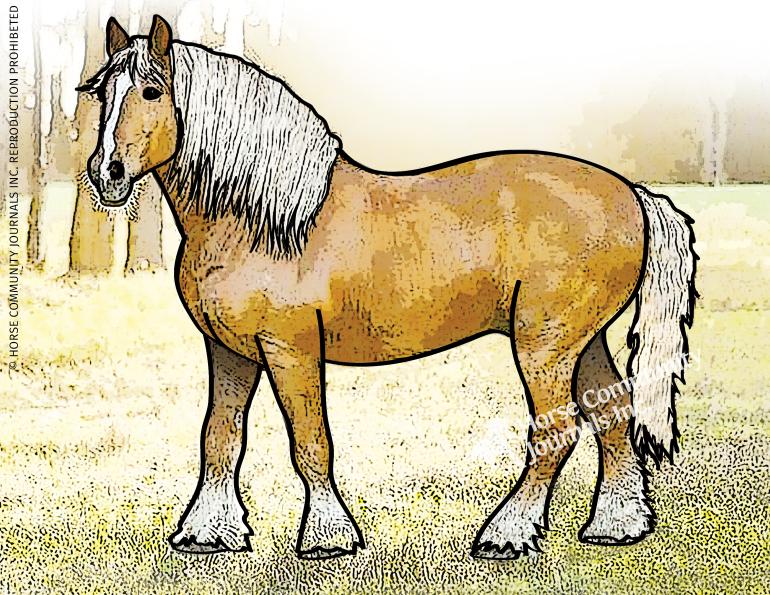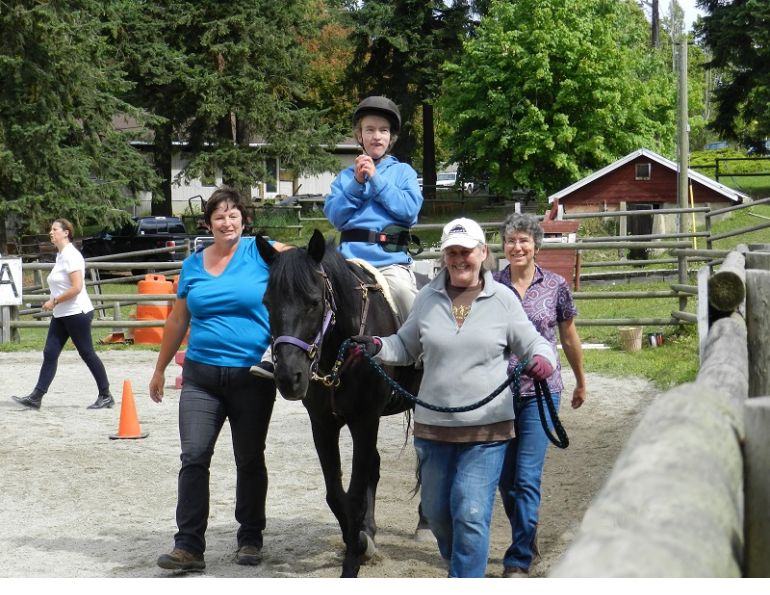Source: Equestrian Canada
Ottawa, ON, Sept. 14, 2023 — The Canadian equine sector contributes over $8.7 billion to Canada’s gross domestic product (GDP), while also benefitting Canadians and the environment, a recent report from Equestrian Canada (EC) has found.
EC collaborated with Wilton Consulting Group (WCG) and Serecon to examine the socio-economic impact of the sector. The consultants conducted an environmental scan, completed 40 key informant interviews, and surveyed over 4,200 people involved in the equine sector across Canada. Serecon created a model to analyze the economic impacts of the sector. An Advisory Committee provided additional insights into findings and supported with sector engagement.
“We are thankful to everyone in the equine sector who shared their insights for this project,” says Dr. Bronwynne Wilton, the Principal and Lead Consultant at WCG. “Horses benefit our health and well-being, and some organizations and equine facilities across Canada use innovative strategies to attract and retain participants. The sector should continue to build on these efforts to ensure that everyone — regardless of income, race, ethnicity, or location — can participate in equine activities.”
The sector has a significant impact on the Canadian economy. For example:
- Nationally, Canadians spend more than $8.3 billion on equine keeping,
- The equine sector contributed over 70,000 full-time equivalent jobs in 2022, and
- Larger equine sport venues can serve as economic drivers in rural communities.
The report highlights the benefits of horses for people. Equines can contribute to positive health benefits, and 96 percent of survey respondents agreed or strongly agreed that interaction with horses contributes to human health and well-being. Participation in sector activities can put children and youth on a positive course towards lifelong healthy habits.
The report estimates that Canada had more than 509,000 equines in 2021, and more than 155,000 acres of land are used for equine facilities, farms, and/or ranches. These businesses often serve buffering roles, increasing urban residents’ awareness of normal farming activities.
The report identifies the challenges and risks that the sector faces, and highlights opportunities for the sector to leverage its strengths. The report also presents the following recommendations:
1. Develop a plan to conduct a regular “census” and economic impact study of the Canadian equine herd.
- Explore opportunities to work with academic partners such as the University of Guelph and Olds College to develop a standardized survey that could be deployed every five years.
2. Lead opportunities to improve inclusion, diversity, equity, and accessibility (IDEA) in the Canadian equine sector.
- Host a series of dialogues with Provincial/Territorial Sport Organizations (PTSOs) to determine opportunities to improve IDEA in the Canadian equine sector.
- Initiate a brainstorming workshop with the Canadian Therapeutic Riding Association (CanTRA) to identify opportunities for collaboration on cross-promotion and IDEA initiatives.
3. Collaborate with the PTSOs to support grassroots initiatives and youth participation to grow the love for equine sports and activities amongst Canadians.
- Support programs including the Canadian Pony Club, 4-H, and other youth-oriented opportunities.
4. Continue to work with multiple levels of government to ensure the classification of equines and equine barns as an active component of the Canadian agricultural industry.
- Ensure equine operations can access relevant government programs for the agricultural industry (e.g., business risk management programs, environmental sustainability programs, etc.).
5. Conduct a follow-up study to better understand the current state of the Canadian equestrian competition landscape, and to identify opportunities to strengthen the vibrancy and resiliency of this landscape.
- Engage with a diversity of individual and organizations involved in planning, developing, hosting, and officiating equestrian competitions across Canada.
6. Continue to champion increased traceability of equines within Canada to support biosecurity, and accurate and up-to-date population figures.
- Learn from the experiences of other livestock sectors.
“Thanks to support from Heritage Canada, the great work from Wilton and Serecon and the significant input from diverse and authentic perspectives from across the Canadian equine sector, we were able to glean vital information about the scope and impact of the industry,” said EC CEO Meg Krueger. “It has provided us and everyone in the equestrian community with important data that we can use to inform strategic recommendations to promote its sustainability and inclusivity and help us build programs for the future. The material will also be used in advocacy efforts on behalf of the industry.”
EC has already begun work in areas of these recommendations, with all advice being considered in the current strategic plan through to Strategy 2028. For example, EC has been working on the Canadian Equine ID Program (CEIP) over the last two years, charting an action plan for traceability with funding from Agriculture & Agrifoods Canada (AAFC) and work is well underway in several areas aimed to improve diversity, equity and inclusion in equestrian sport.
For full access to all of the materials, read the The Canadian Equine Sector: Socio-Economic Insights 2023 and supplementary information. For questions or media comment, please contact Melanie McLearon at mmclearon@equestrian.ca.
Main Photo: Canstock/Januaryman




























